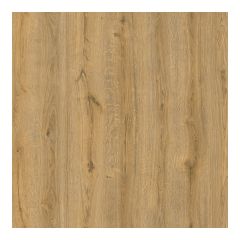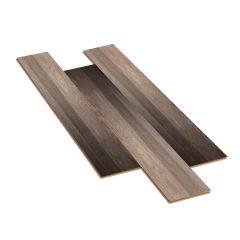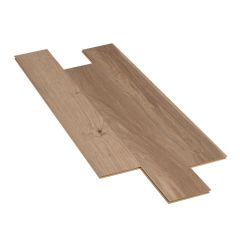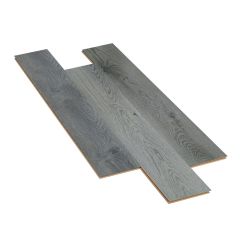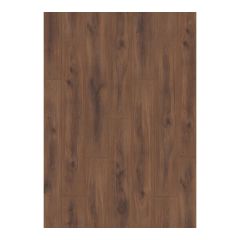Laminate flooring is recognized today as an innovative and cost-effective alternative to hardwood floors as it is not only available in a wide range of colours and finishes, but also very resistant to scratches and stains. These qualities make it a safe choice for those with young children or pets. Here’s how to choose the right one for you.
Highly resistant material
Also called laminated flooring or floating floors, laminate flooring is made of four separate layers: the backing, the fibre core-board, the decorative layer, and the protective layer.
It is most often designed with melamine or HDF panels, which gives it its robust durability. Because it can be finished to look like several expensive materials, such as wood, concrete, natural stone, and ceramic, it can be used with any style of decor.
Resistant to stains and discolouration, it is suitable for almost any room, including the basement; however, since it is not watertight, installation in a bathroom or entryway is not recommended.
Laminate is therefore an excellent solution for covering a floor, especially since most manufacturers offer 15–25 year warranties for residential use, which generally cover wear, discolouration by light, stains, and manufacturing defects.
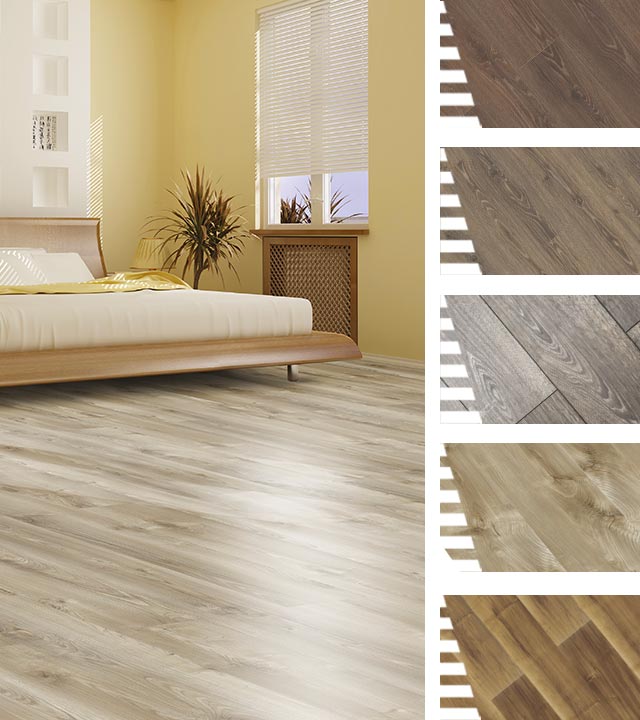
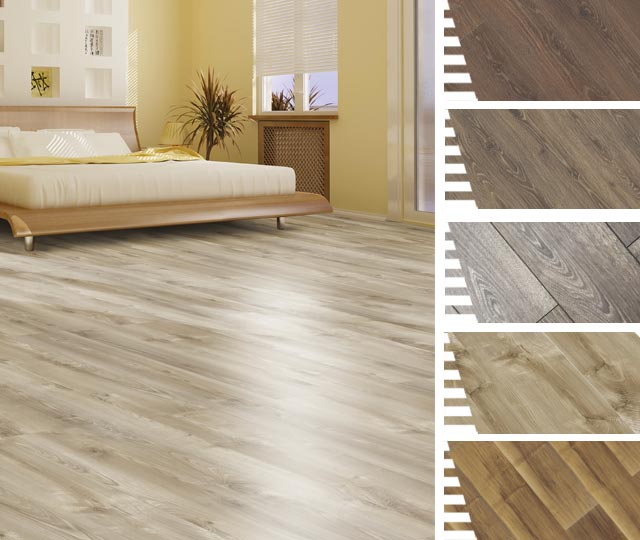
Quick and easy installation
Most laminate floors are designed for installation without glue or nails.
Although laminate is easy to install, it cannot be placed directly on a false floor or concrete. It must be installed over a thin layer of foam underlayment, which is designed to smooth out the ground. Choosing the right underlayment is very important. It is best to select one that dampens sound, has a vapour barrier, and retains heat for optimal comfort.
One of the most common underlayments is the one-step installation polyethylene foam with built-in vapour barrier. However, one of the best underlayments is undoubtedly the acoustic felt with built-in vapour barrier. It provides excellent sound insulation, can be installed in one easy step, and protects against water leaks.
Stacked one atop the other over this underlayment, the planks come together to form a giant, sturdy puzzle. It’s called a “floating floor” because it is not fixed to the subfloor or the walls. In addition, because laminate planks are often much wider than natural wood, they cover more space and are therefore quicker to install.
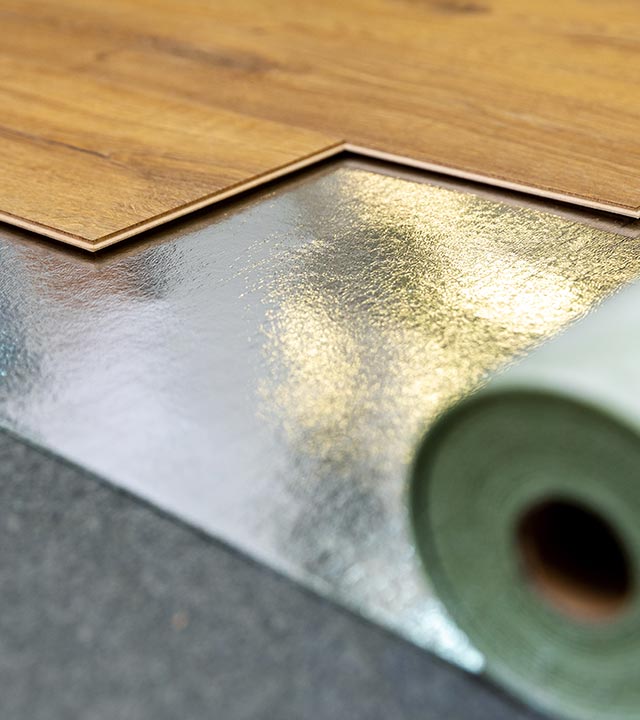
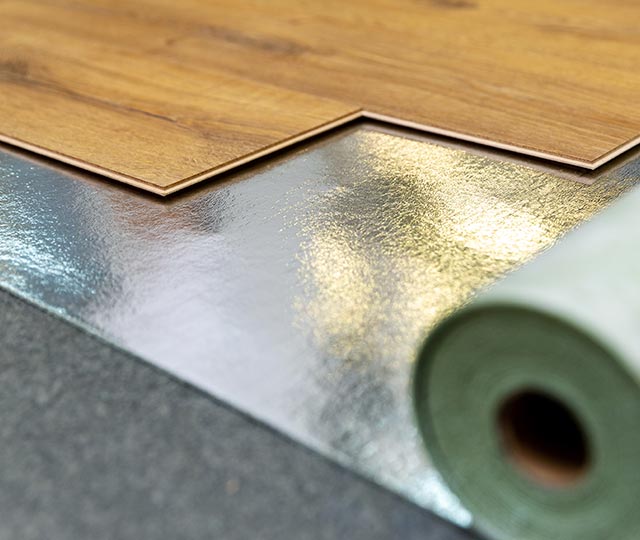
A few technical details
Laminate floors come in a variety of thicknesses: 8, 10, 12, and 14 mm. The thicker the plank, the greater the structural strength. This is why it is best to choose a thicker floor for large surfaces and high-traffic areas.
The quality of the laminate is defined by a scale ranging from AC1 to AC5, the latter being recommended for areas with extremely high traffic, such as commercial buildings. However, for private homes, AC3 and AC4 often suffice as they still offer a respectable product quality (lower ratings are not recommended).
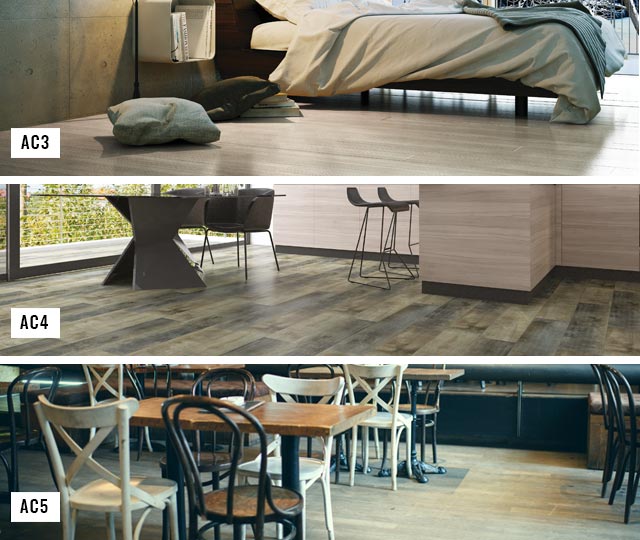

Easy maintenance
Laminate flooring is so popular because it is not only very durable but also stain-resistant. All you need is a damp cloth to remove dirt, grease, or ketchup stains left behind by your children.
For weekly cleaning, the vacuum cleaner and a well-wrung mop will do the trick. Warm water mixed with mild soap will remove most stains. For more stubborn ones, however, use a solution of vinegar and warm water.
If you inadvertently damage a plank, you can either purchase a sealant that matches your floor’s colour to repair it or simply replace it.
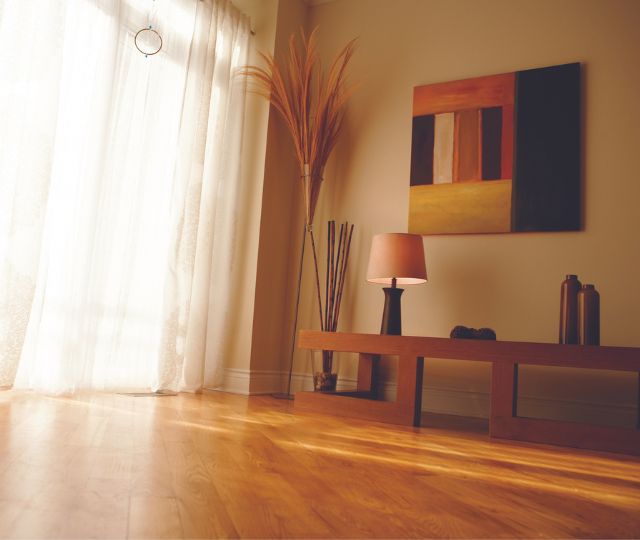

Shop your next laminate floor
Do you need more advices or have specific needs?
Visit or contact your local BMR dealer.
